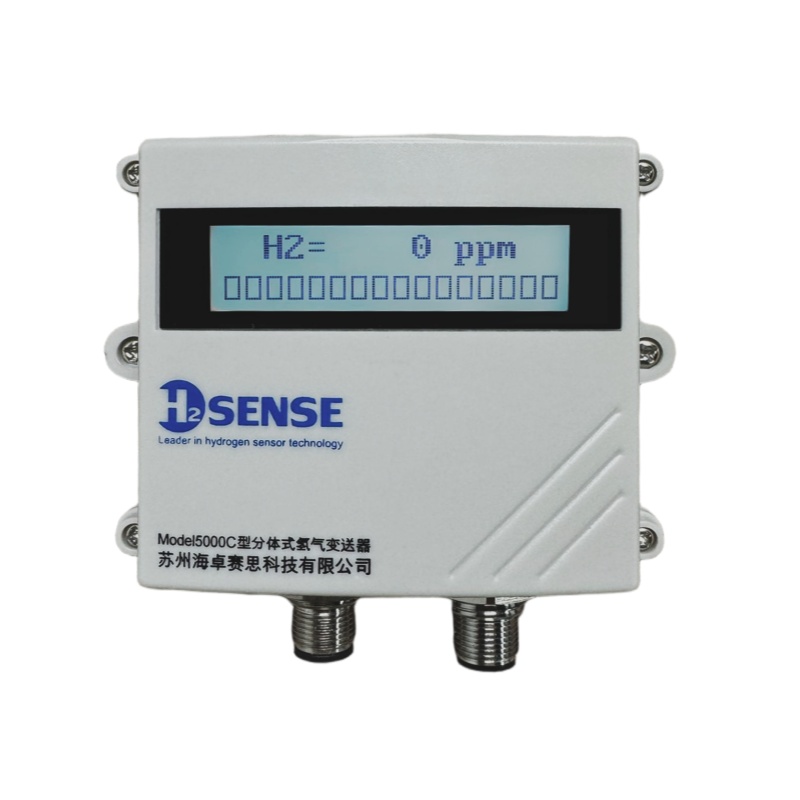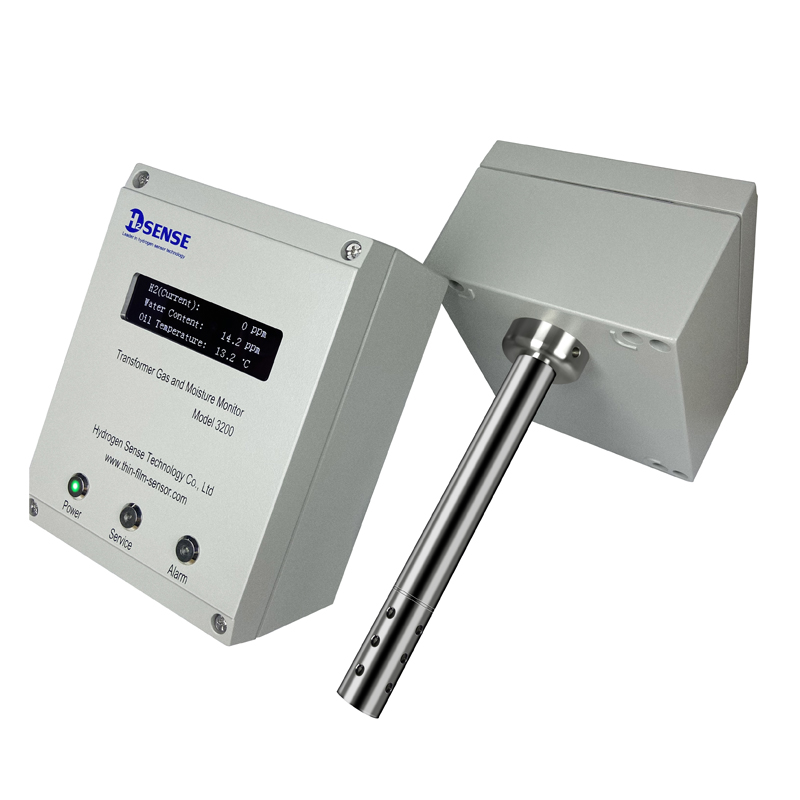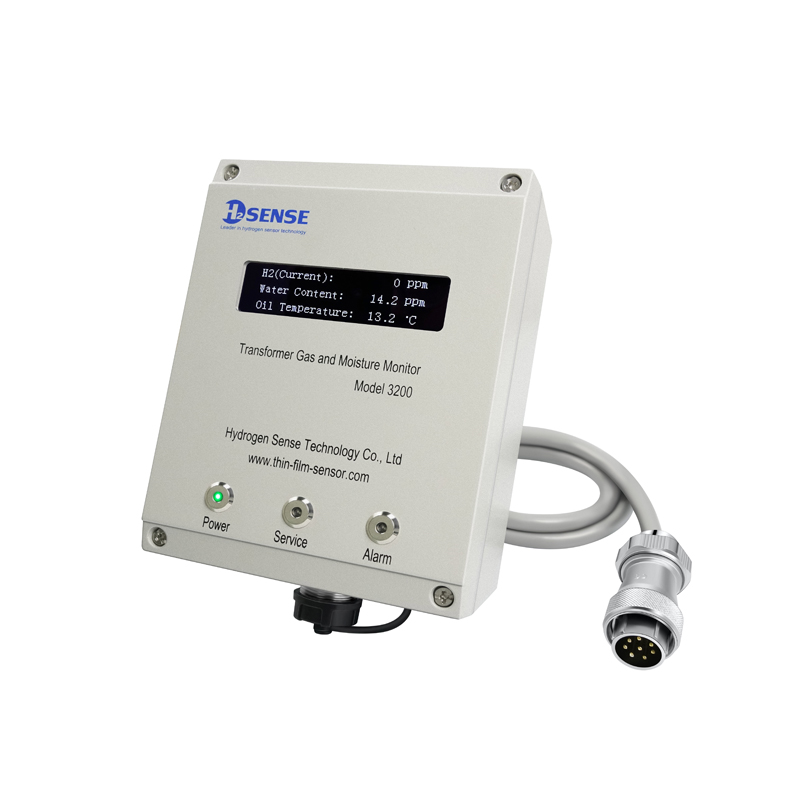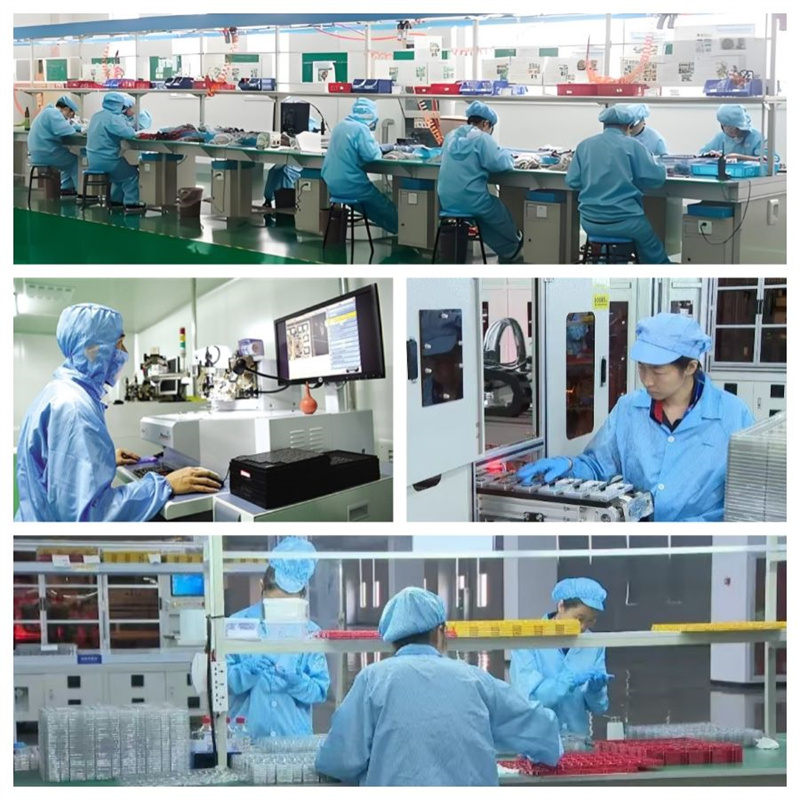Summarize
Dissolved Gas Analysis (DGA) is a crucial diagnostic tool used in the maintenance of electrical transformers, ensuring the longevity and safety of power equipment. Online DGA analysis allows for continuous monitoring of transformer oil to detect gases that accumulate as a result of electrical or thermal stress. These gases can signal potential issues, such as overheating or insulation degradation, that could lead to transformer failure. In this blog, we’ll delve into the importance of DGA analysis, how it works, and how online DGA analysis improves operational efficiency, with a focus on the technological advancements offered by H2SENSE.
Understanding DGA Analysis
DGA analysis refers to the process of analyzing the gases dissolved in transformer oil. Over time, transformers experience electrical and thermal stress that causes the degradation of insulation materials and other components. As these materials break down, gases such as hydrogen, methane, ethane, and acetylene are released into the oil. Analyzing these gases provides critical insights into the condition of the transformer.
Traditionally, DGA required manual sampling of transformer oil, followed by laboratory testing to identify the concentration of dissolved gases. However, advancements in technology have made it possible to monitor these gases in real-time through online DGA analysis systems. These systems continuously analyze the transformer oil for gas concentrations and provide immediate feedback, alerting operators to potential issues as soon as they arise.
The Role of Online DGA Analysis
The evolution of online DGA analysis has significantly transformed transformer monitoring. With real-time data, operators can assess the health of a transformer without waiting for manual testing results. These systems continuously track gas levels, allowing for early detection of faults and enabling preventive maintenance.
For example, high concentrations of gases like acetylene and hydrogen can signal a fault in the transformer, such as arcing or overheating. By monitoring gas levels continuously, online DGA analysis provides an early warning system, preventing major failures and reducing costly downtime. Furthermore, online DGA analysis allows for better decision-making by providing consistent data that can be used to monitor the effectiveness of maintenance efforts over time.
Key Benefits of Online DGA Analysis
1. Early Fault Detection
The primary advantage of online DGA analysis is the ability to detect faults at an early stage. Transformer faults, such as insulation breakdown or overheating, often produce detectable gases long before they lead to catastrophic failure. By monitoring gas levels in real-time, potential issues can be addressed before they escalate, reducing the likelihood of expensive repairs or unplanned downtime.
2. Reduced Maintenance Costs
With online DGA analysis, maintenance teams can make informed decisions about transformer repairs. By using the data provided by the system, operators can determine whether maintenance is needed and prioritize it based on the severity of the detected gases. This predictive approach to maintenance ensures that transformers are only serviced when necessary, reducing unnecessary maintenance costs and extending the lifespan of the equipment.
3. Improved Transformer Reliability
Transformers are critical to the stability of the electrical grid. By implementing online DGA analysis, facilities can improve the reliability of their transformers. Continuous monitoring of the oil ensures that potential issues are caught early, reducing the risk of transformer failure. This is especially important in facilities that rely on transformers for critical operations, such as power plants, substations, and industrial facilities.
4. Compliance with Industry Standards
For many industries, DGA is not just a best practice—it’s a regulatory requirement. Compliance with industry standards related to transformer health and maintenance is vital for maintaining safety and ensuring the integrity of the electrical system. Online DGA analysis provides a streamlined solution for ensuring compliance, as it offers continuous monitoring and automatic reports, which help maintain the necessary documentation for regulatory bodies.
How H2SENSE Enhances DGA Analysis Systems
H2SENSE is a trusted provider of advanced sensor technologies designed to improve the accuracy and reliability of online DGA analysis systems. Our sensors are designed to monitor the gases dissolved in transformer oil with exceptional precision, allowing for accurate detection of even trace amounts of gases.
1. Advanced Sensor Technology
At H2SENSE, we use cutting-edge sensors to detect dissolved gases such as hydrogen, methane, ethylene, and acetylene. These sensors are specifically designed to offer high sensitivity and accuracy, providing real-time, actionable data for operators. With our online DGA analysis systems, you can trust that the data you receive is reliable and timely, ensuring early detection of potential transformer issues.
2. Seamless Integration
H2SENSE’s online DGA analysis systems are designed for easy integration with existing monitoring infrastructure. Our systems provide real-time data to operators, and the user-friendly interfaces make it easy to interpret and act on the information provided. The seamless integration allows facilities to enhance their maintenance and monitoring practices without significant disruptions to operations.
3. Durability and Reliability
Transformers operate in challenging environments, and our sensors are built to withstand these harsh conditions. H2SENSE’s online DGA analysis systems are highly durable, ensuring that the sensors provide long-term performance with minimal maintenance. This durability helps facilities reduce operational costs and improve the overall reliability of their transformers.
Conclusion
DGA analysis is a vital tool for ensuring the health and longevity of transformers, and online DGA analysis has revolutionized the way we monitor transformer oil. By providing continuous, real-time data on dissolved gases, online DGA analysis systems allow for early fault detection, proactive maintenance, and improved transformer reliability. H2SENSE’s advanced sensor technology enhances the accuracy and performance of DGA systems, making it easier to detect faults and maintain the safety and efficiency of transformers. Investing in online DGA analysis systems ensures that your transformers are operating at their best and that you are prepared to address any potential issues before they cause serious disruptions.
FAQ:
1. How does online DGA analysis work?
Online DGA analysis continuously monitors the gases dissolved in transformer oil, detecting changes in gas concentrations that could indicate potential faults or issues with the transformer.
2. What gases are typically monitored in DGA analysis?
The gases monitored in DGA analysis include hydrogen, methane, ethane, ethylene, and acetylene. These gases are byproducts of transformer degradation and can indicate different types of faults.
3. Why is early fault detection important in DGA analysis?
Early fault detection through online DGA analysis allows operators to address potential issues before they escalate, reducing repair costs, preventing transformer failure, and improving operational reliability.













